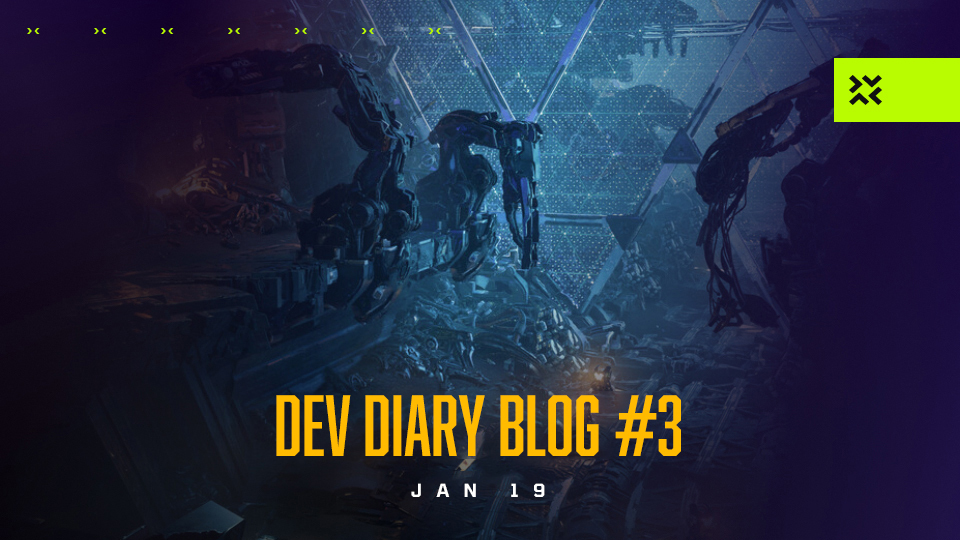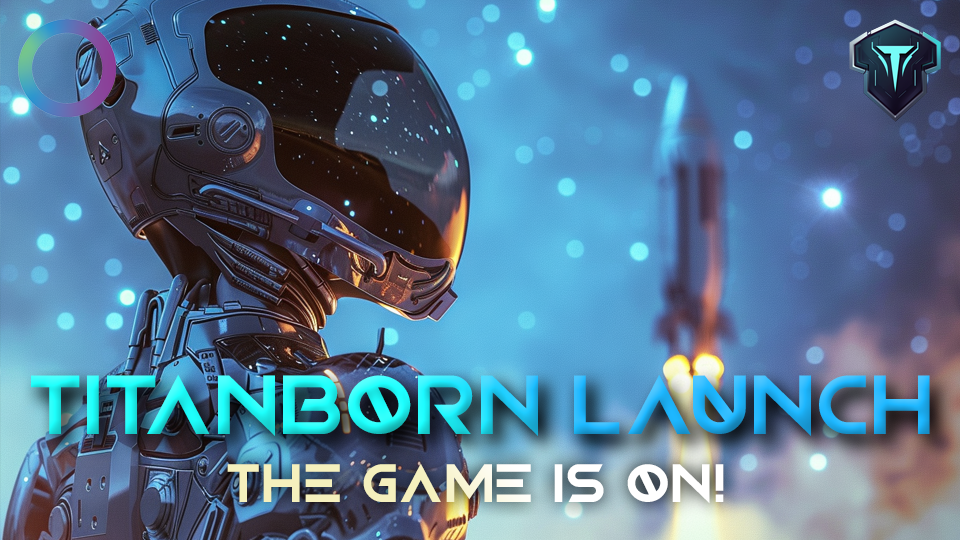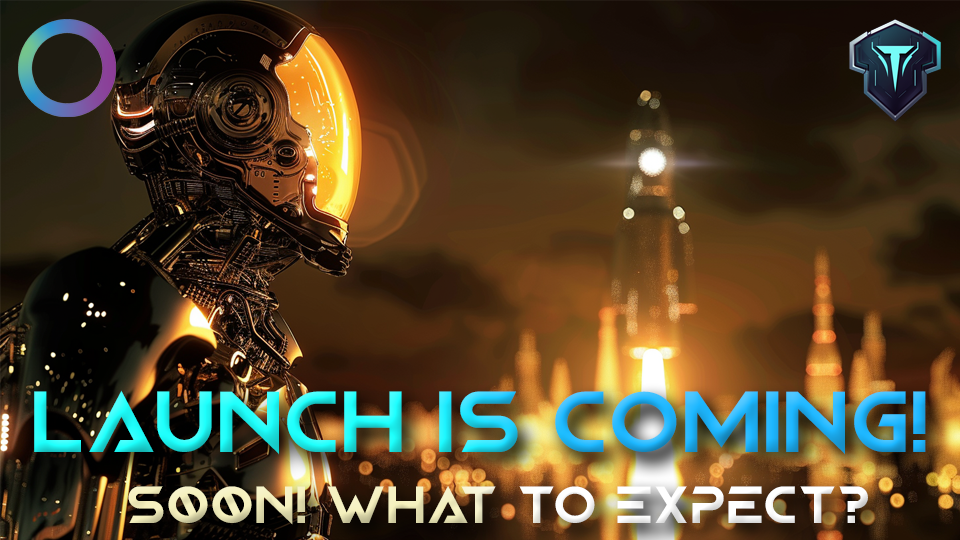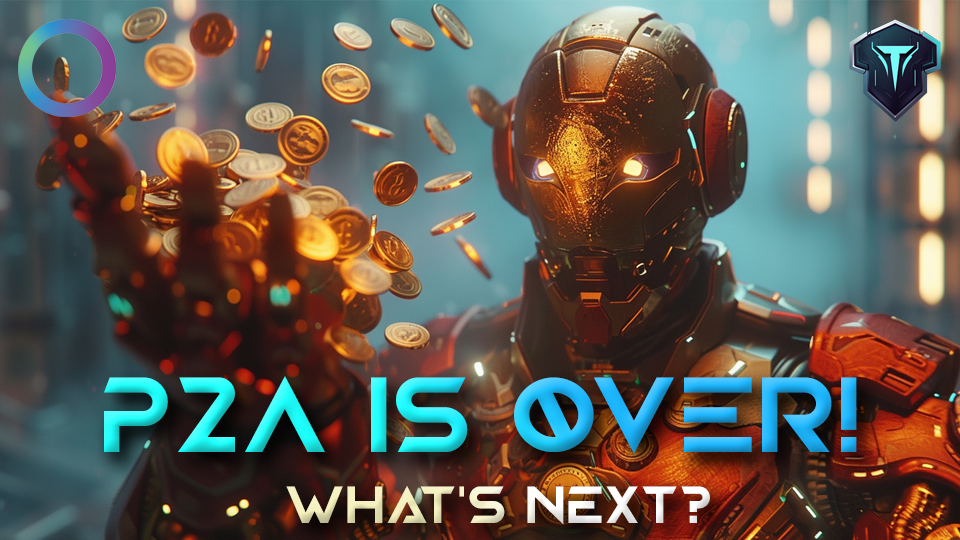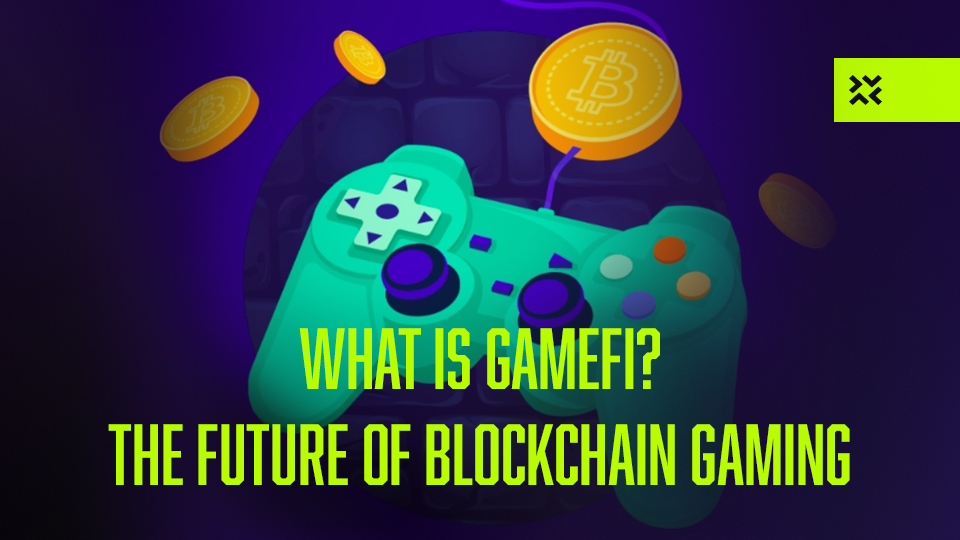
This article will take us through the subject of GameFi through the following sections:
- What is GameFi?
- How does GameFi work?
- Popular GameFi projects
- Financial incentives
- Challenges and risks of GameFi
- The future of GameFi
What is GameFi?
GameFi is a sector of the cryptocurrency market that combines the worlds of gaming and finance, allowing gamers to earn cryptocurrency and other digital assets like non-fungible tokens (NFTs) by playing video games. GameFi combines the words “game” and “finance.”
The GameFi sector uses cryptocurrency, NFTs, and blockchain to enhance the virtual gaming environment. Players can earn in-game rewards by completing tasks, battling other players, and progressing through the different game levels. They can also transfer their assets outside the game to trade on cryptocurrency exchanges and NFT marketplaces.
Simply put, players can earn rewards in similar ways to AAA games. However, the difference is that gamers can extract their earnings and make peer-to-peer transactions, whereas, in traditional games, the company or game studio keeps all the profits.
How does GameFi work?
It uses different economic models, such as play-to-earn and play-and-earn, to allow players to earn while playing video games.
By playing GameFi projects, players can earn rewards by playing and sometimes can do so without paying upfront to access the game. The rewards can be cryptocurrencies, in-game assets like virtual land, avatars, weapons, costumes, or a combination.
Sometimes, the in-game assets are NFTs that you can trade on NFT marketplaces. These often provide certain benefits to the players, such as earning more rewards or accessing exclusive game features.
Play-to-earn and play-and-earn games
One of the early models, called play-to-earn (P2E), was revolutionary by rewarding players generously in crypto simply for playing a game. However, this system prioritized earning rather than gameplay, leading to unsustainable in-game economies followed by the premature collapse of several projects.
Play-and-earn is a newer model that is gaining popularity in the GameFi sector. It prioritizes the gameplay rather than earning potential to provide an experience reminiscent of traditional, non-blockchain games. Rewards are a bonus rather than the primary reason for playing the game.
Play-and-earn games balance financial incentives and player enjoyment to attract and retain players, leading to a more sustainable in-game economy.
GameFi as a sector is still in its infancy. Therefore, we expect its economic models to undergo many changes to satisfy players’ desires to monetize their in-game progress.
Revenant’s commitment to play-and-earn
The transition from play-to-earn games to play-and-earn games has led to a more sustainable, enjoyable gaming experience for the GameFi sector. Revenant’s play-and-earn fighting game, Battle of Olympus, is a game that uses financial incentives to enhance gameplay without sacrificing it, leading to a sustainable in-game economy that keeps players engaged.
In Battle of Olympus, players earn rewards through skill-based gameplay. It features Greek gods as characters and takes inspiration from popular fighting games like Tekken.
Battle of Olympus is the perfect example of our commitment to the play-and-earn philosophy and offering a product that keeps players coming back for more. We are excited to continue our journey in the GameFi sector and develop innovative play-and-earn games.
Popular GameFi projects
Several blockchain games offer players the chance to earn crypto and NFTs through gameplay in a fun, financially rewarding virtual gaming environment. As the GameFi sector grows, more players become interested, and many games are amassing millions of users worldwide.
Here are some popular games in the GameFi sector:
- Star Atlas is a blockchain-based, space-themed, grand strategy video game built on the Solana blockchain. It is a massive multiplayer metaverse set in the distant future. Players can trade, obtain and create NFTs within the Star Atlas universe, enjoying an economy that reflects real-world assets’ tangibility, ownership, and value.
- Splinterlands is an online collectible card game on the Hive blockchain. The game offers several gameplay options, and players can earn card packs and real money through tournaments, ranked play, and quests. Splinterlands offers cross-compatibility with other blockchains.
- Revenant is a decentralized gaming ecosystem. Its game studio is developing Battle of Olympus, an arcade fighting game where players can create their own Greek gods inspired by Zeus, Hades, and more to rule over the cyberpunk city of Olympus. Join the Revenant community.
- Illuvium is an open-world exploration, NFT creature collector, and auto battler game that allows players to earn rewards by collecting and battling with creatures called “Illuvials.” It is built on the Ethereum blockchain.
- Axie Infinity is an Ethereum-based NFT game that allows players to earn rewards by breeding, raising, and battling creatures called Axies. It is one of the most popular games in the GameFi sector. It has attracted a large player base due to its revolutionary gameplay and ability to earn rewards through the play-to-earn model.
- Alpha League Racing is an entertaining Web3 cross-platform racing game that promotes digital asset ownership, the creator economy, and user-generated content with next-generation Esport mechanisms.
Advantages of GameFi
Financial incentives
One of the main advantages of GameFi is that it offers financial incentives to players. In traditional video games, players may invest time and effort into the game without any monetary reward. However, in GameFi, players can earn cryptocurrency and NFTs by playing and completing tasks.
In addition, specific GameFi projects offer the opportunity to earn passive income through staking or lending their NFTs. This allows players to generate income without actively playing the game, which can be a nice bonus for those who want to keep their gaming experience more casual.
Ownership of in-game items
One of the significant benefits of GameFi is the power it gives users to own their in-game items on the blockchain. With GameFi, players can hold and trade their in-game assets on NFT marketplaces and crypto exchanges, providing a new level of ownership and control.
Users can monetize their assets and gameplay in ways that are impossible with off-chain games. In traditional gaming, studios limit players to using in-game items within the confines of the game, preventing them from profiting from their progress. Therefore, crypto gaming helps players benefit but can also turn their hobby into a source of income.
The GameFi sector is not limited to one genre, from strategy to role-playing games to many more. The industry is constantly evolving, with new projects and games regularly introduced.
Challenges and risks of GameFi
Cryptocurrency volatility
One of the main challenges of GameFi is the volatility of cryptocurrencies. The value of cryptocurrencies can fluctuate dramatically, impacting the value of in-game rewards and assets. This can make it difficult for players to predict their earnings’ value and create market uncertainty.
Limited mainstream adoption
Another challenge of GameFi is the limited mainstream adoption of blockchain technology and cryptocurrency. While the popularity of GameFi is growing, it is still a niche market compared to traditional video games. This can limit the number of players and market size.
Scams and hacks
In addition to these challenges, GameFi also faces the risk of scams and hacks. For example, in 2021, the Axie Infinity game suffered a major hack that resulted in the loss of millions of dollars. Players must research and carefully evaluate the security measures of different GameFi projects before choosing to participate.
Legal and regulatory concerns
Finally, there are legal and regulatory issues to consider regarding GameFi. In some countries, cryptocurrency and NFTs still need to be fully understood or regulated, creating uncertainty for players and game developers.
The future of GameFi
Despite the challenges, the future of GameFi looks bright. As blockchain technology becomes more mainstream and the potential for earning rewards through gameplay becomes more widely recognized, its popularity will likely continue to grow.
However, players must research and choose reputable GameFi projects to ensure they participate in a legitimate and sustainable ecosystem. Revenant, Battle of Olympus, and Splinterlands are reputable GameFi projects offering players a fun and rewarding gaming experience. At Revenant, we are excited to be part of this growing sector and provide unique gaming experiences for all players.
Overall, GameFi is an exciting and innovative new development in the gaming industry. It allows players to earn rewards and monetize their in-game assets. While risks and challenges exist, the potential for growth and mainstream adoption makes it a space worth exploring for gamers and investors.


